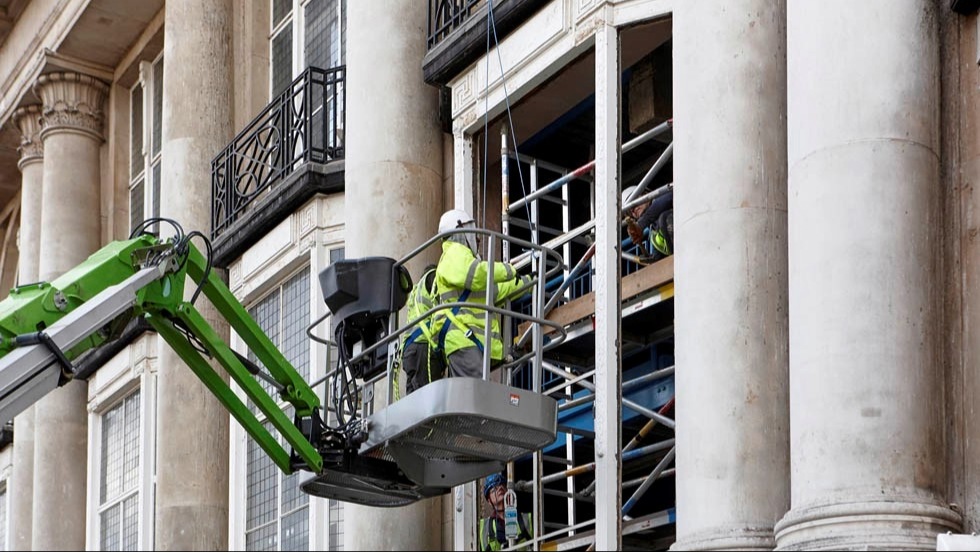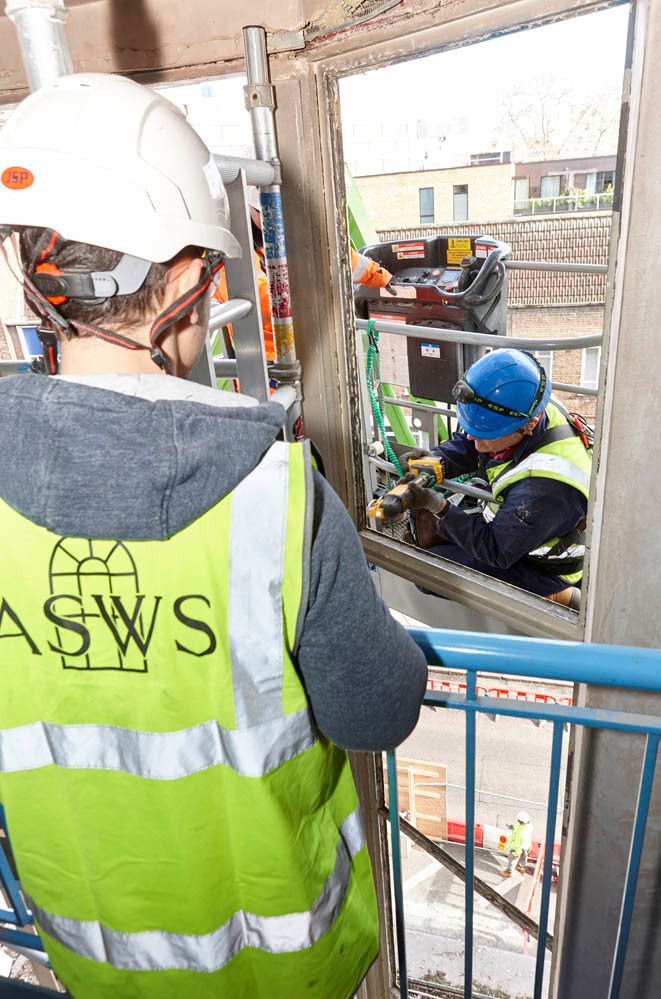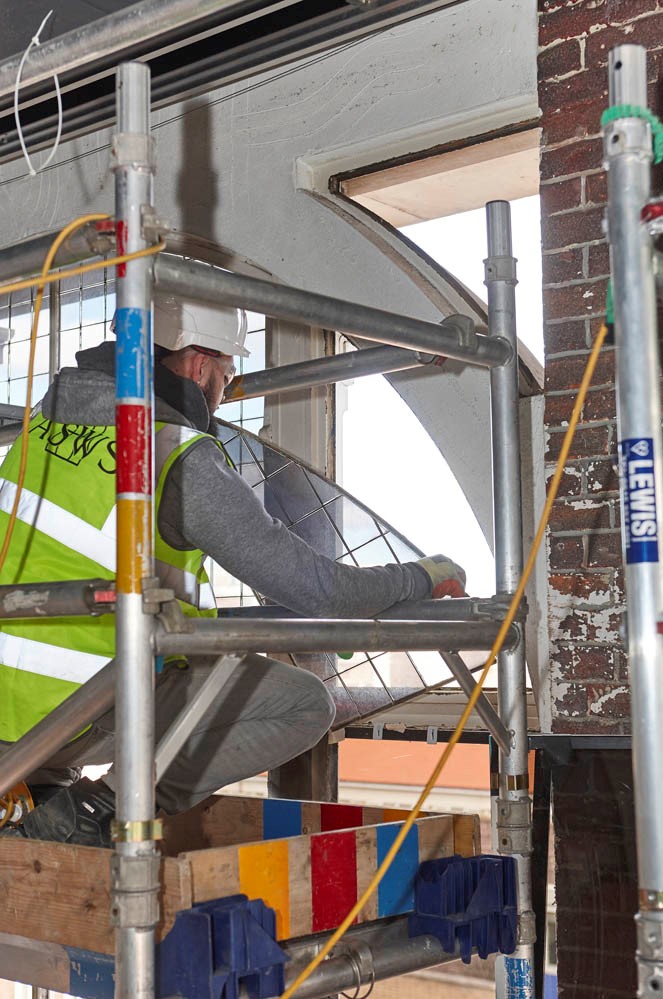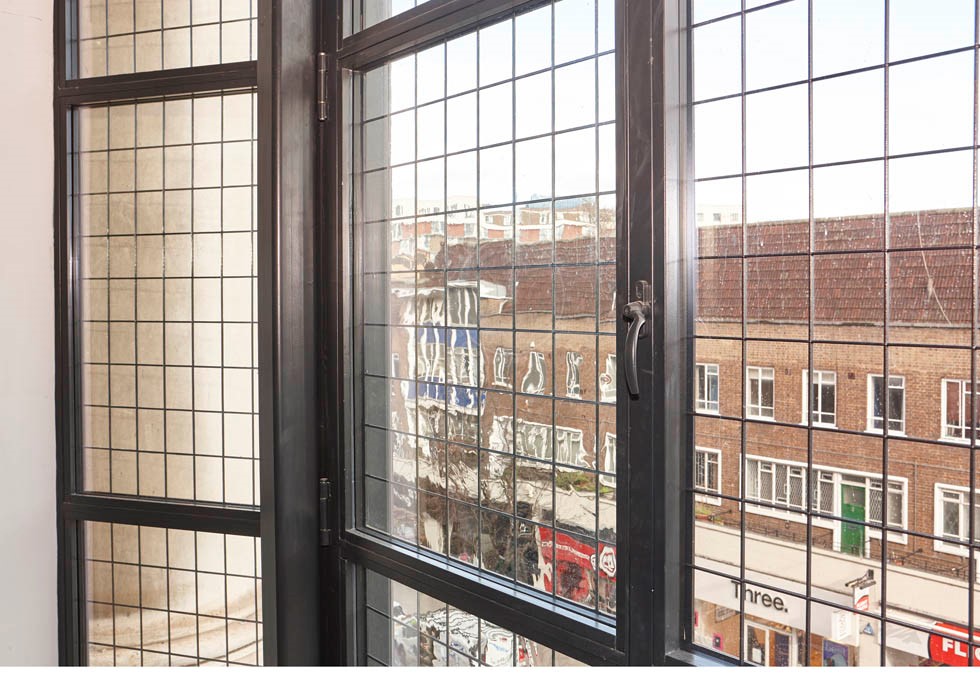
Associated Steel Window Services (ASWS) has removed 147 copper glazed windows from Grade II-listed Whiteleys shopping centre in central London.
The specialist completed the job while Erith – which appointed ASWS for the project – demolished parts of the building and made openings for the facade retention system to reach through.
Over 14 weeks, two ASWS surveyors recorded every frame member, piece of ironmongery, copper light and other components across the windows of the three-storey building.
The condition survey was followed by a report on the 19 different window types, with physical drawings, CAD drawings and details on every component.

ASWS contracts director, Kris Bennell, said: “This all added up to a digital and bound document setting out what work needed to be done, what windows or elements could be saved, and formed the basis for liaising with the conservation bodies.”
“The forensic nature of this work included checking back on catalogues for the earliest designs of steel windows, plus dating items like hand-made screws as well as coatings, to help the project team determine the comparative age of all the ironmongery and other components.

Tagged and catalogued
“Everything was tagged, catalogued and stored separately in crates and palletised for transport to our facility at Gatwick. This was, at the time, the largest refurbishment project being undertaken in Europe and we were very proud to be involved.”

ASWS used a mobile elevated working platform for the job. Workers used tethered tools and hydraulic mini-cranes to demount the mullions and other heavy sections.
The conserved frames and copper lights have been returned to the client and will likely find a role in restoration work on other listed buildings.
Originally completed in 1911, Whiteleys claimed to be “the largest shop in the world” at the time. The Grade II-listed retail building was originally designed by John Belcher and John James Joass, with the first phase completed in 1911.
Following the death of Belcher, the second phase of the building was carried out by William Curtis Green in 1925.











